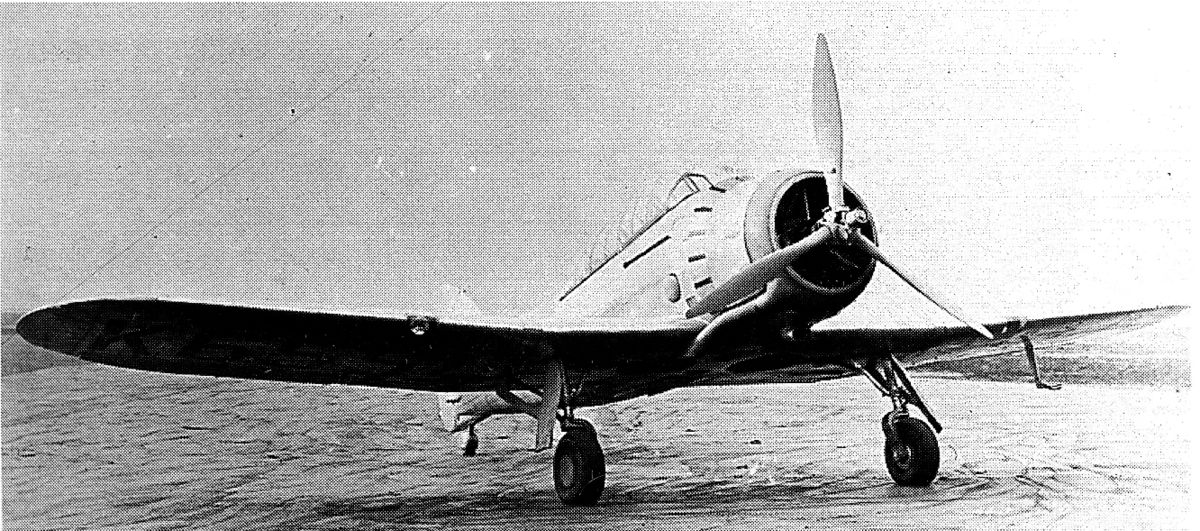The effect of ariel bombing on the British public was a panic reaction and as a data base was far to small in realty to form a firm basis for setting an entire new line of strategic thinking. The High Command of the RFC were only too eager to exploit the public and political fear of what was then an unknown form of warfare. Once set down that road by Trenchard in 1919 no one was permitted to question the hallowed fable of the mighty effect of arial bombardment. So yes I do hold the Air Ministry and the RAF to account for their blind faith in their own Myth during the inter war period.
I get your point, but then don't we have to apply the same standard of evidence to other questions and decisions made by the AM, RAF and other forces? What does that then do to the adoption of RDF, fast monoplane fighters, the Mosquito and other ideas that didn't have a large data base of real life evidence on which to base the decision?
That's not to deny the force of the political drive behind the bomber ideal, or the fact that the RAF didn't properly teach the crews how to navigate or properly assess the value of defensive firepower or civilian defence. It's just that in warfare many decisions had to be made with far less evidence than that of the effect of bombing. By the way the RAF also looked at the effect of bombing on the German population, which they decided had similar far-reaching effects.

